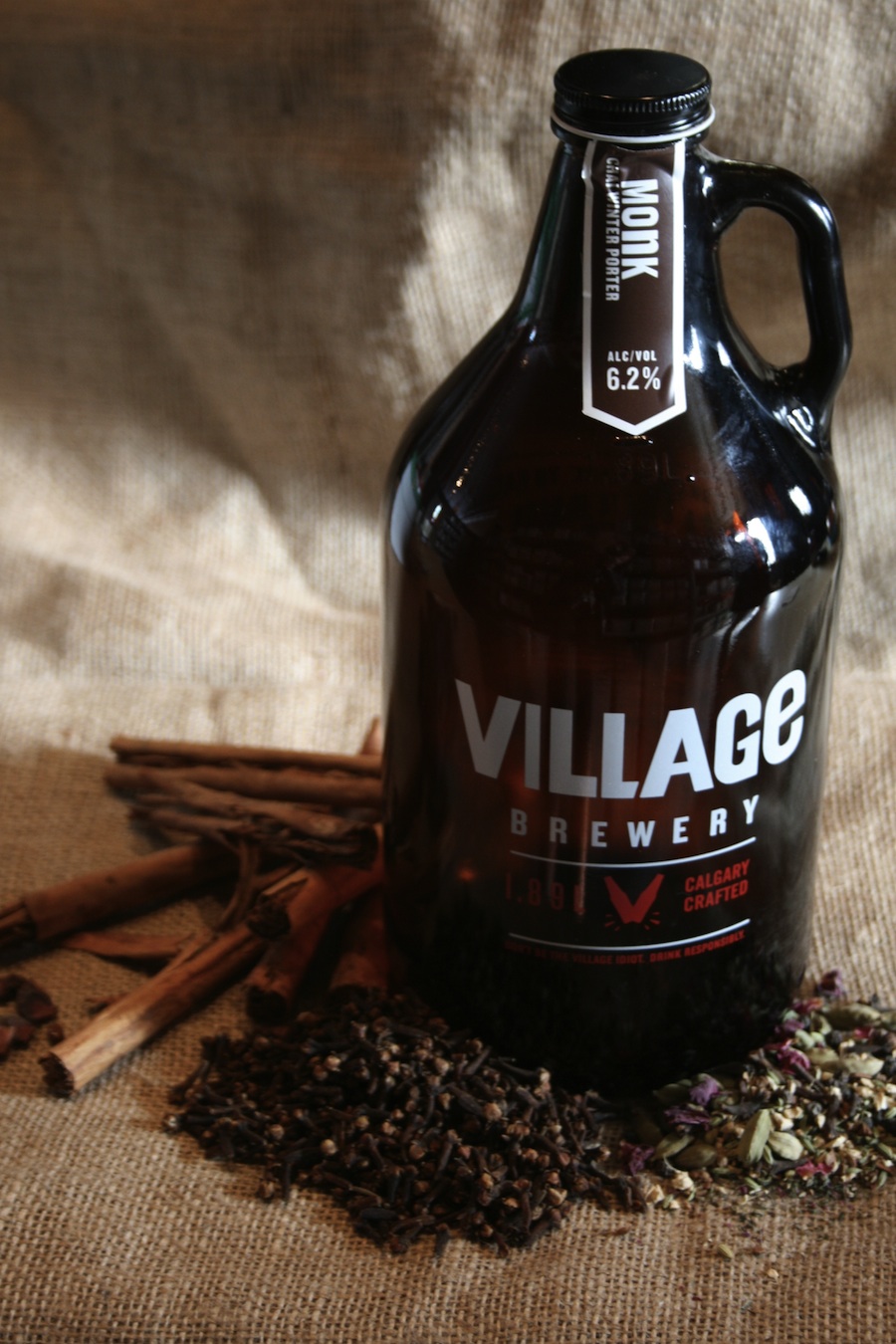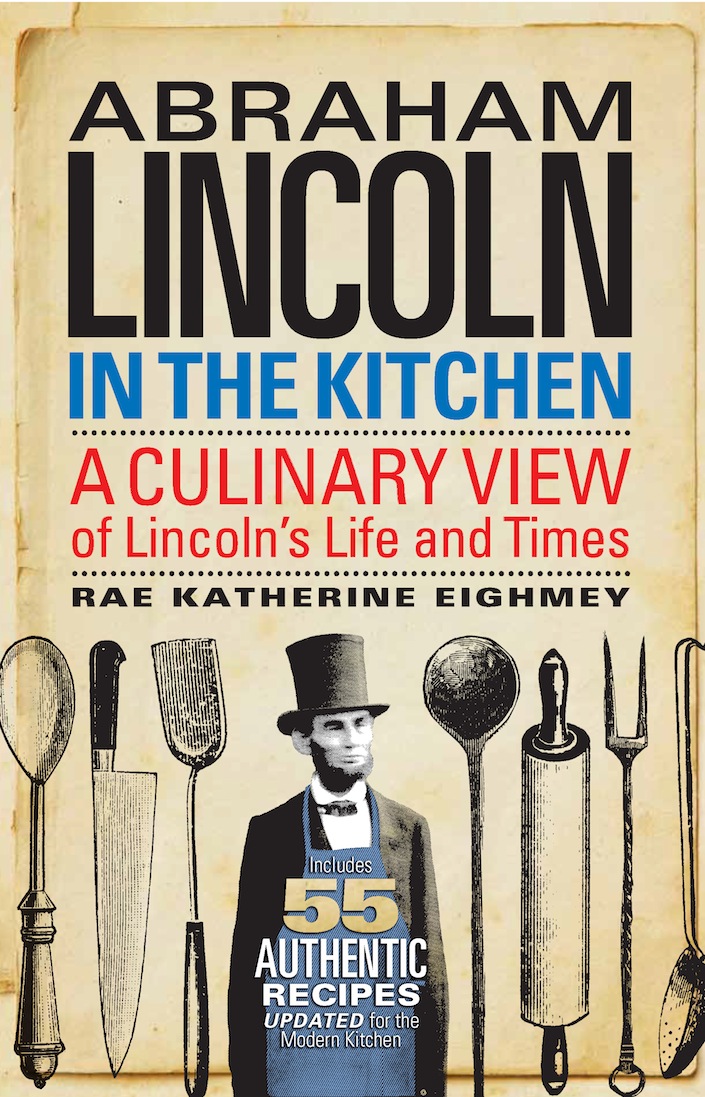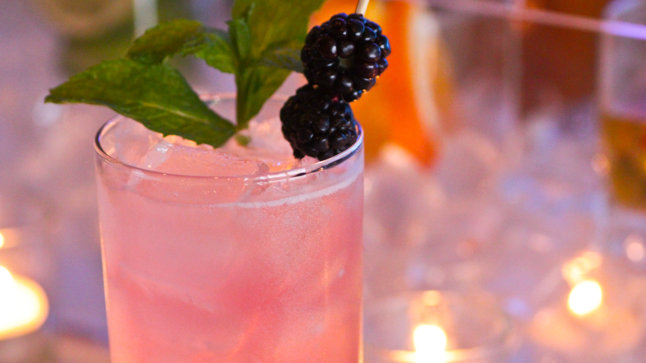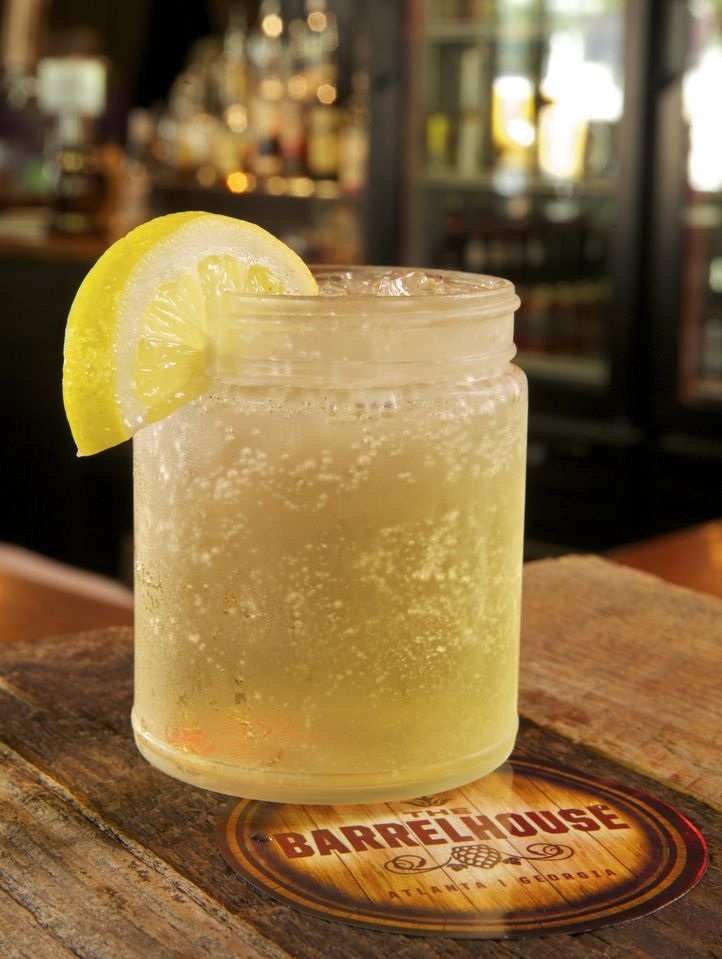Celebrate Father’s Day this year with an extravagant brunch fit for The World’s Greatest Dad.
Fountainebleau Miami Beach
One of the many Father’s Day celebrations at the Fountainebleau is bound to be a match for Dad.
Celebrate with the Emperor special, featuring A Weekend Warrior Massage at Lapis Spa and lunch at Hakkasan. The cost is $189, for a savings of $16. Valid only on Father’s Day, June 15, 2014. Learn more here.
Or, opt for a traditional brunch with a contemporary twist at Vida. Enjoy classic favorites such as made-to-order omelets, malt waffles, and pancakes with fresh fruit compote. Action stations include Vida’s signature meat and fish rotisserie, a penne, chicken and risotto sauté station, mouthwatering sushi and raw bar selections, wood-stone oven pizza and flatbreads, a charcuterie and cheese presentation, and a sweet spread of tempting desserts. $65 per person, including limitless bloody Marys and mimosas, plus complimentary valet with validation (exclusing tax and gratuity). Learn more here.
If your Dad is a soccer fan, watch the 2014 World Cup at Fontainebleau’s glamorous poolscape in a private cabana. Relax and absorb the seclusion and solitude of your own oasis while remaining amidst the action of Fontainebleau’s festive atmosphere. Get the score here.
The Setai
At The Setai, Father’s Day brunch will run from 11:30am-3:30pm and be all about stations. There’s a Rotisserie Station with meats like Caramelized Leg of Lamb and Porchetta. At the Seafood Station, freshen up with Alaskan King Crab Legs and Blue Point Oysters. Spice up Dad’s life at the Indian Station where Eggplant Masala awaits. At the Sun Coast Station, you’ll find Italian flavors in the pastas, salads, and antipasti. Last stop: The Pasty Station where marshmallow eggs, tarts, and more treats await. For the picky kids in your party, a Kids Station offers pizza, hot dogs, and sliders. Tickets are $110 per adult and $55 for children over age four (taxes and service charge not included). The price includes free-flowing Champagne, Bellinis, mimosas, and Bloody Marys. Make reservations by calling 303.520.6400 or email [email protected]. thesetaihotel.com
The Biltmore Hotel
Visit this gorgeous property for Miami’s most popular brunch this Father’s Day. $95 per person. biltmorehotel.com
Big Fish
For a waterfront brunch with Italian pizzazz, head to Big Fish, offering 10-percent off its regular brunch menu for Father’s Day. thebigfishrestaurant.com
The Ritz-Carlton, Coconut Grove
If your father loves beer, treat him to a one-of-a-kind brunch at the Ritz-Carlton’s Bizcaya restaurant. Their chefs are teaming up with Wynwood Brewing, Miami’s first craft production brewery, to host a Beer-B-Que Brunch. The brunch includes live music, barbecue dishes, and unlimited mimosas, bloody Marys, and (most importantly) beer! The brunch will be available from noon to 4pm. $55 per person, $20 per child (ages four to 12), and $20 for unlimited beer, mimosas, and the bloody Mary bar (plus tax and gratuity). Reservations strongly recommended. Call 305.655.4680 or visit ritzcarlton.com/coconutgrove.
Bulla
Give your Dad the best of many dishes with Bulla’s Brunch Tasting Menu. Pick and share from 12 of their best brunch choices for $27 per person. Selections include Huevos Benedicts, Revuelto ‘Lucio’, Bisteca Caballo, Churros con Chocolate, and many more. Bonus: pair your brunch with bottomless sangrías and mimosas for $15 per person. And last but not least, the chef has prepared a 25oz rib-eye drizzled with idiazabal cream, mojo picon, and mojo verde, served with salt-crusted potatoes, piquillo peppers, and grilled asparagus, called the Cowboy “BULLA” Steak. bullamiami.com
R House
At R House, Father’s Day happens fo fall on Sunday Sauce day, which occurs on, naturally, Sundays from 11:30am-4pm. The Sunday Sauce Brunch Party at R House Wynwood features unlimited brunch appetizers and one main entrée for just $35, and bottomless mimosas, bloody Marys, bloody Marias, and sangría for just $22. Get them both for just $52. This great deal is complete with outdoor dining and a live DJ. The party continues with special drinks until 8pm. rhousewynwood.com

























